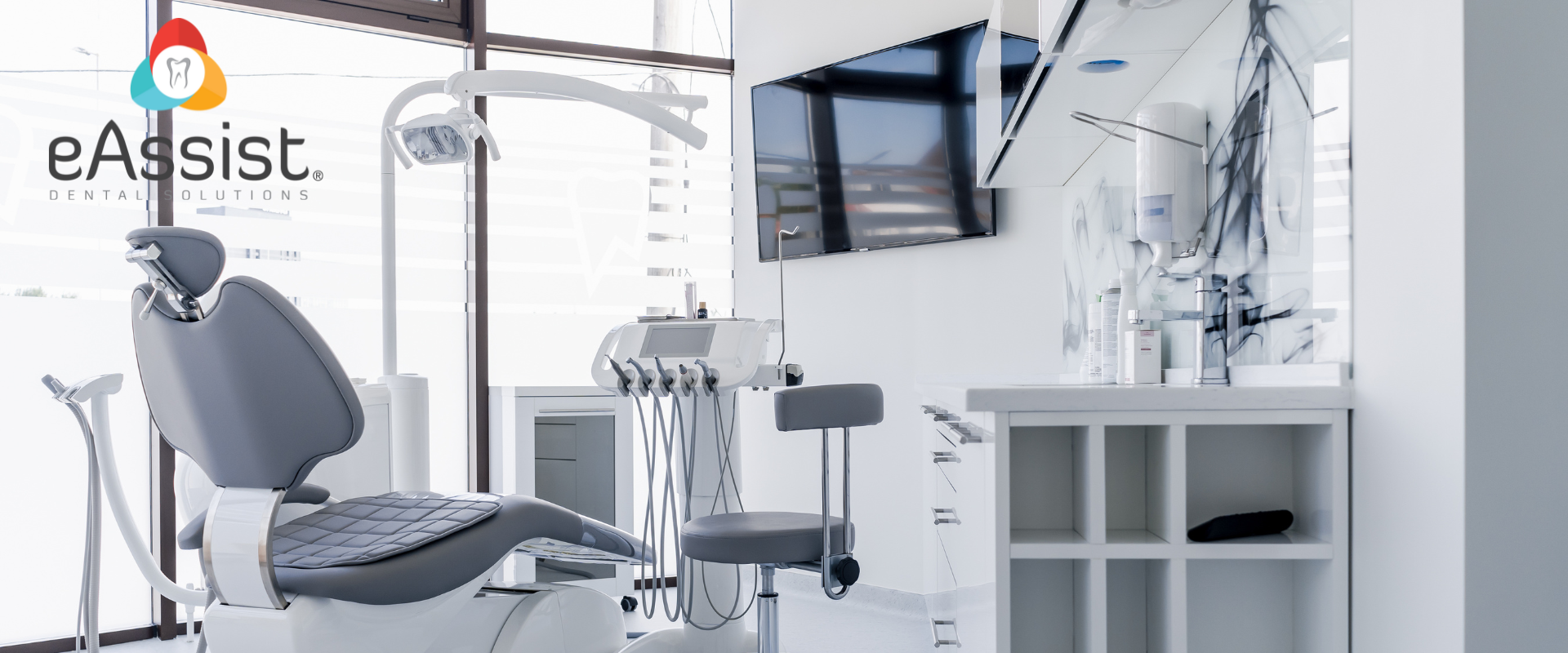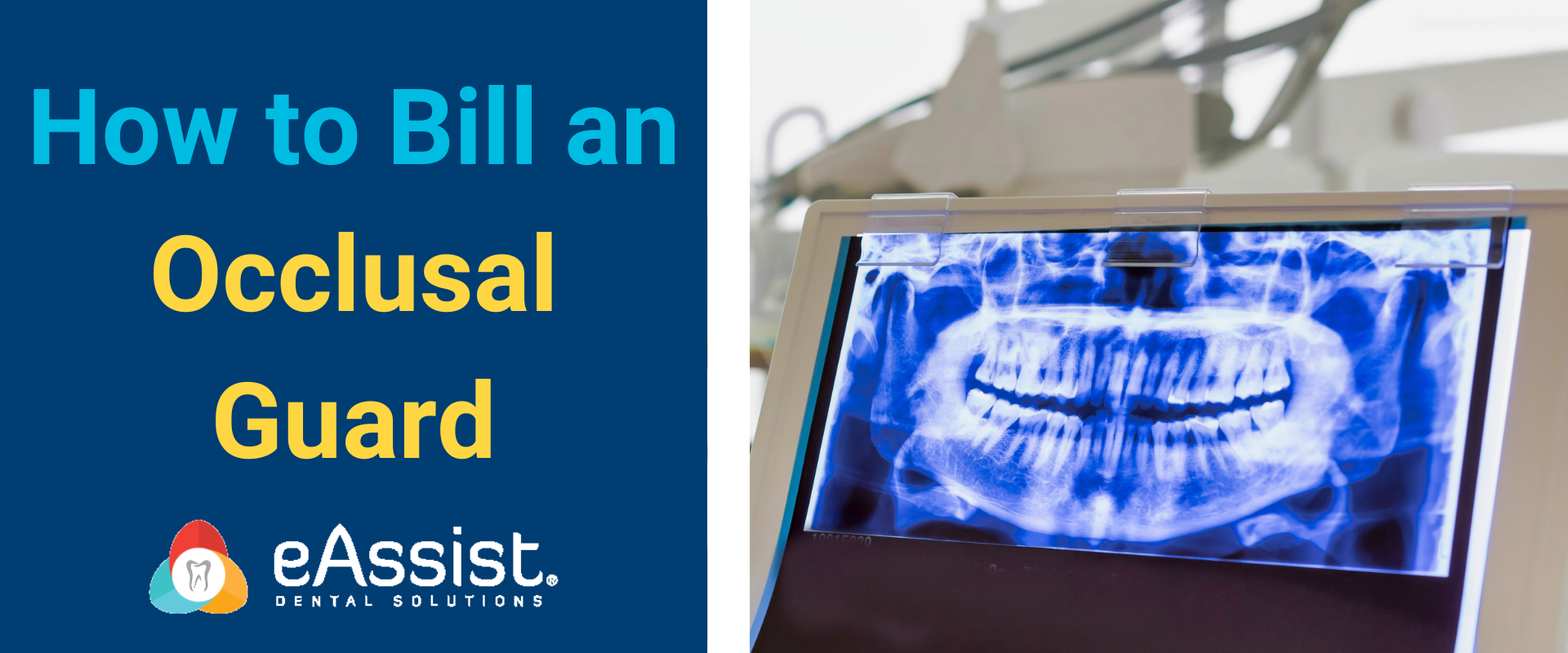One of the most common treatments to bill insurance for is a crown. Whether it’s porcelain or metal, posterior or anterior, initial or replacement you’ll find yourself billing multiple crowns per week. Although crown billing can seem pretty straightforward there are several questions that you should ask yourself before submitting a claim to the insurance. Here are 10 examples of just what to ask when billing crowns.
Am I using the correct CDT code?
There are over 25 different crown CDT codes so the correct one must be used when billing. Always review the chart notes and x-rays to ensure the proper code is utilized. Dental codes are constantly updating so it’s best to be on top of the current crown codes to avoid using any that are out of date. A good rule of thumb is to use a coding reference guide when billing and Dental Coding with Confidence from Practice Booster is a helpful option.
Is a pre-authorization needed?
Most often the answer is no, but some plans, especially active military and Medicare, do require crowns to be pre-authorized. For these plans, be sure to submit the required forms ahead of time, with the correct treatment code attached, for the treatment to be approved before the appointment. Keep in mind that once the crown has been pre-authorized it’s too late to update the treatment code. For instance, if a full metal crown was pre-authorized but a porcelain crown was completed the claim may be denied or paid at an alternative benefit downgrade.
Is there an alternative benefit downgrade clause?
When it comes to crowns, many insurance plans have in place an alternative benefit downgrade clause which means that, under certain circumstances, a treatment will be paid at a downgraded rate. For example, most, will not cover porcelain crowns for posterior teeth. In situations where these are billed, they will downgrade it to a full metal crown and pay the lesser fee. When billing, it’s best to be aware of the alternative benefit downgrade clauses that apply so you are not expecting fees that will not be paid.

Does the insurance pay on the prep or seat date?
A few dental carriers pay crowns on the prep date but most pay on the seat date. If you use an in-house milling machine, it’s often the same date, but if the crown is lab-made don’t bill the claim until it has been seated, as the insurance won’t even consider the claim until then.
Is it cosmetic?
Most crowns are placed due to tooth decay or damage but occasionally one is placed for cosmetic reasons. Most insurance companies will not cover crowns for this reason. In addition, many insurance carriers also won’t cover them for wear and tear, such as bruxism or grinding, so it’s best to keep this in mind when billing claims.
Is it a new or replacement crown?
If the crown is new, you’re good to go but if it’s a replacement, you’ll need to include the age and reason for replacement of the existing crown. The older a crown gets, the harder it is to age, but insurance carriers require at least the month and year of prior placement, and using a phrase like, “over 10 years old” won’t suffice. If the initial crown was completed in-house, you can find the info in the chart notes. If done in another office you may need to obtain the information from the patient or the office.
Does the plan have a frequency limitation?
If you are billing a replacement crown, make sure to obtain the plan frequency limit. Most are from 5 to 10 years and if the age of the existing crown falls within that date range it won’t be covered. Using a vague term like “over 5 years old” won’t help as the carrier has a record of the prior placement so it’s best not to expect any payment if frequency applies.

Is a root canal planned?
On several occasions, crowns are billed because a root canal is planned for the tooth. When this occurs, wait until it has been completed before billing the crown. Then, include x-rays of it as well as the crown prep date, root canal date, and crown seat date.
What images should be sent?
Crowns should be billed with at least 2 x-rays to support the treatment completed. The first x-ray should indicate the decay and/or damage that necessitates the crown and the second should show the new crown in place. It also helps to include an intraoral photo as, often, it can more clearly indicate decay or damage to the tooth. If you have access to 3-D imagery, also include it.
What should the narrative include?
When completing narratives always think of the “what” and the “why”. What was completed and why was it completed? Include as many details as possible such as the location and extent of the decay and/or damage. Avoid vague statements, such as “cracked tooth syndrome,” as they are rarely enough to pay a claim. Instead, describe where the crack is located, the extent of damage, and just why a crown was needed.
Although crowns are pretty straightforward, there are a lot of questions to ask to make sure their claims are billed correctly. Consider partnering with eAssist for your dental billing to help ensure this happens. Our Success Consultants will ask all the questions needed to get your claims paid. To find out more, complete the form below.








0 Comments